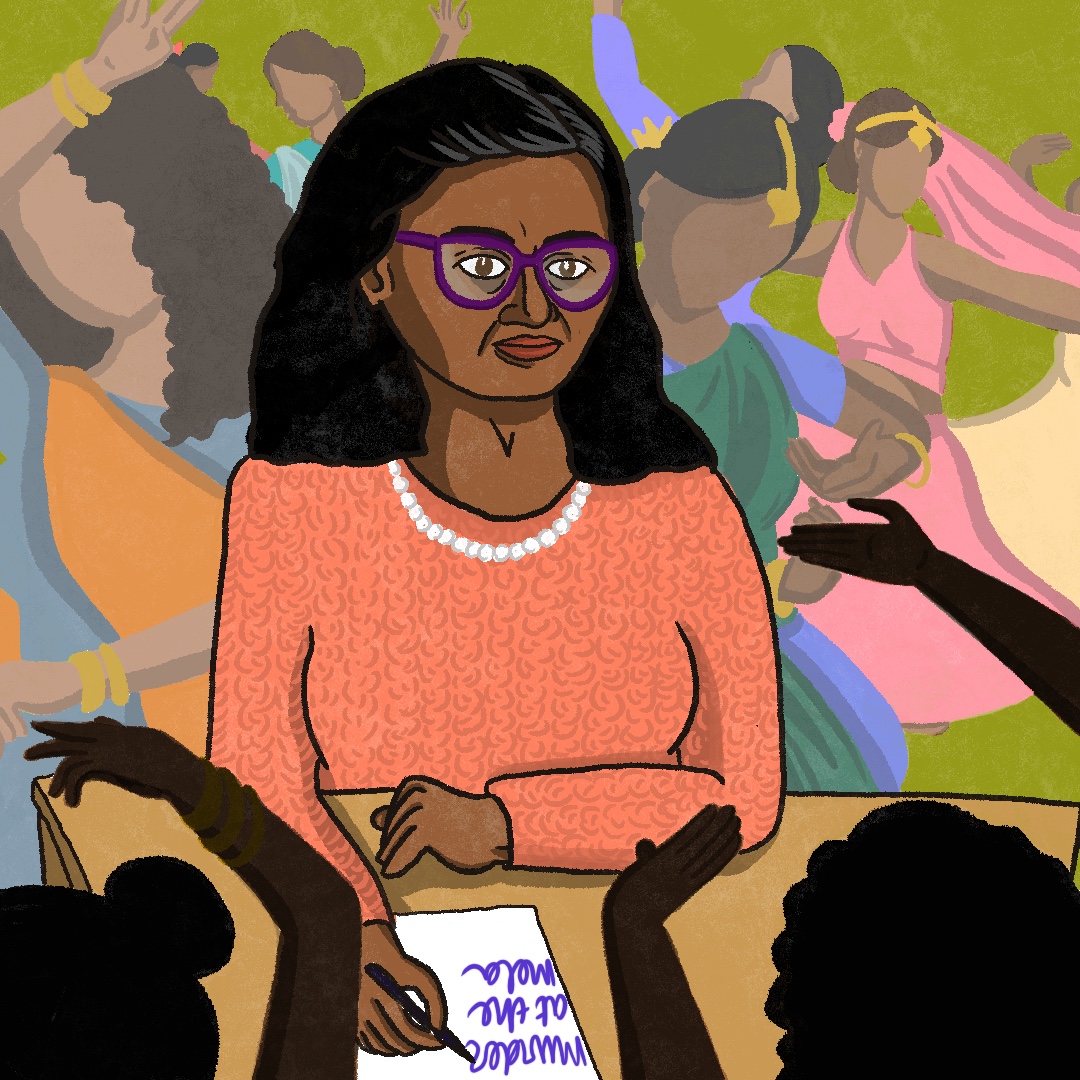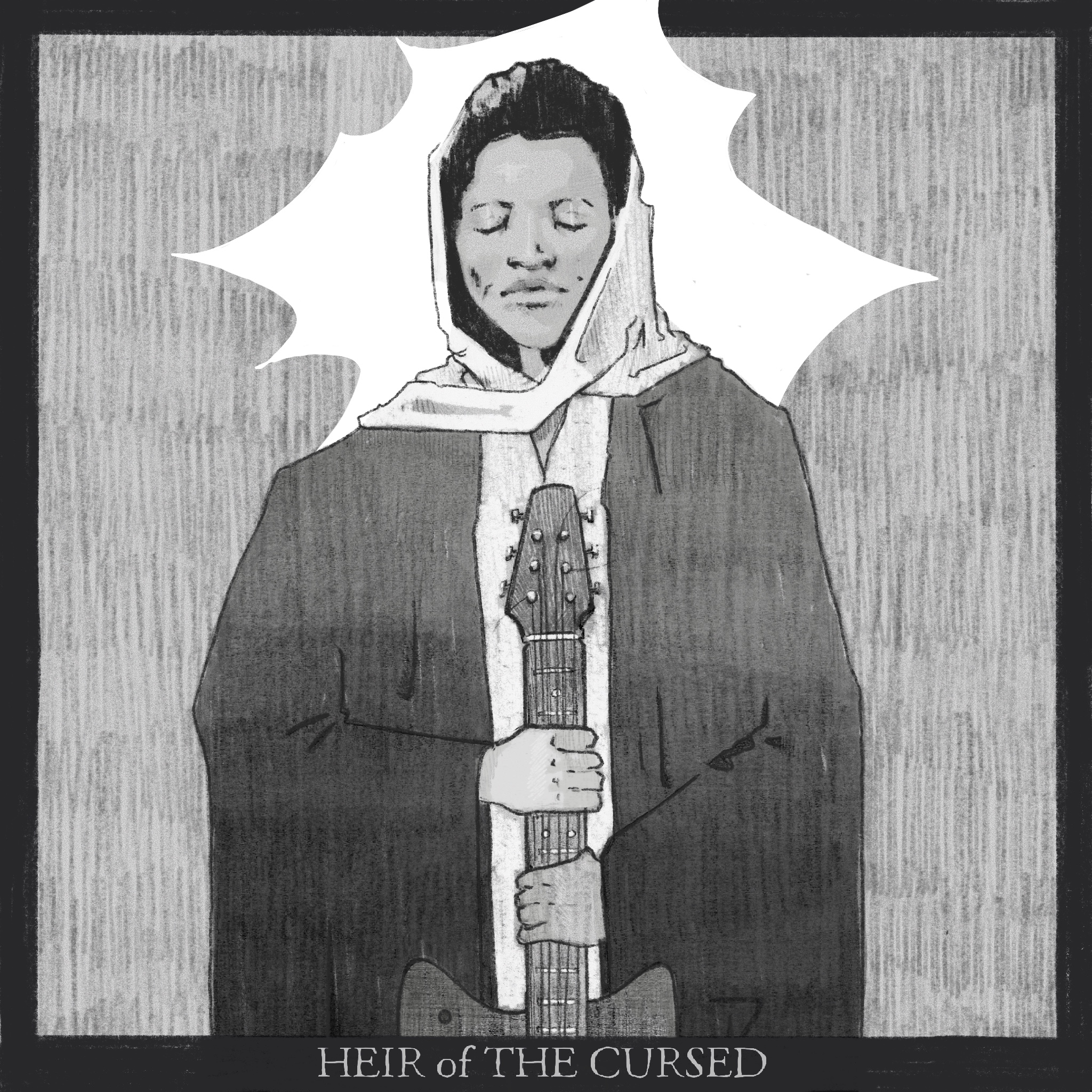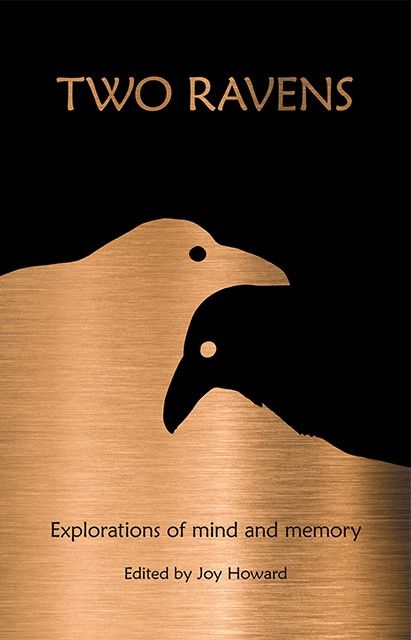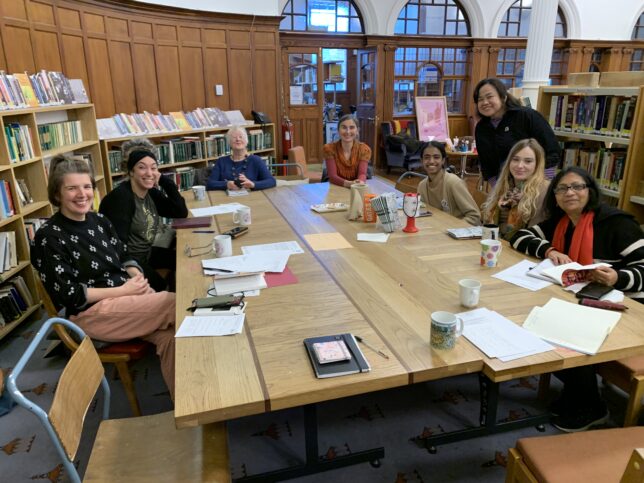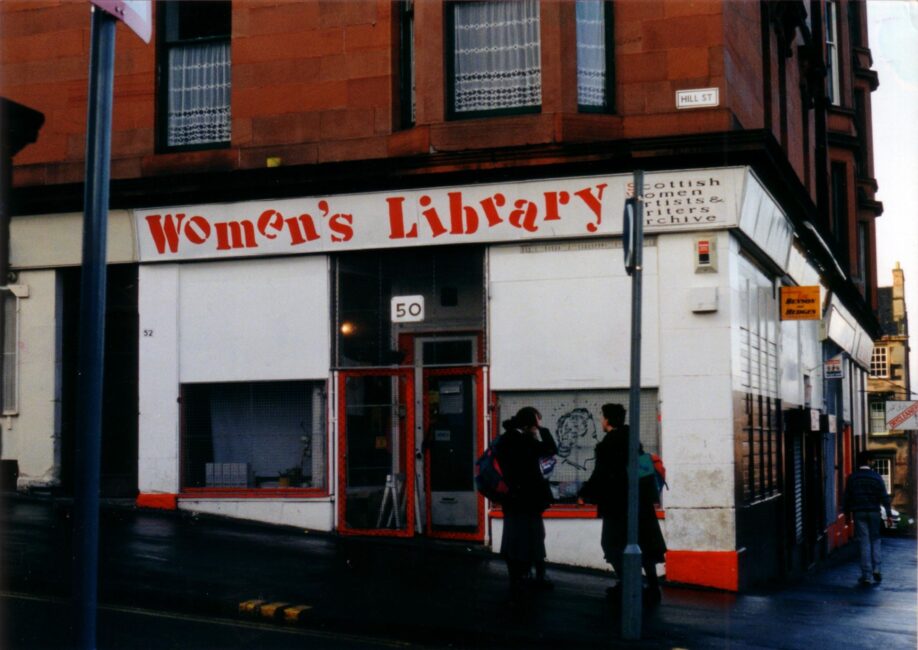The artworks of Turner Prize nominee Karla Black are difficult to pin down. Although usually made from traditional art-making materials such as paint, chalk and paper, their elusive titles and fragile, changeable physical forms make them difficult to describe in conventional terms. Yet it is perhaps this aspect of Black’s work that has made her contribution to the GWL’s 21 Revolutions project so exciting.
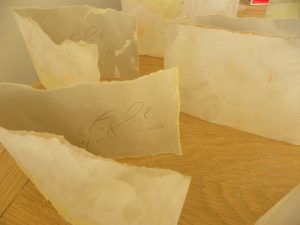
The 21 Revolutions project, organized to commemorate the GWL’s 21st birthday in 2012, commissioned works from 21 women writers and 21 women artists, all inspired by items from within the Library’s own collection. The result, a fascinating array of works in a broad range of media, was such a success that it spurred on the development of the 21 Revolutions book. With the book launch now on the horizon, it seems a perfect opportunity to revisit Black’s thought-provoking contribution, Necessity.
Necessity was inspired by the artworks and personal letters contained within the book Georgia O’Keeffe: Art and Letters. It is made up of 50 similar, yet unique separate components. Each component is constructed from torn sugar paper, painted with white, yellow and peach body paint, and folded in half to resemble a greeting card. Although there is no predetermined arrangement for the separate parts, they are intended to be displayed on top of furniture, in the manner of greeting cards. Like many of Black’s works, Necessity strives to engage the viewer, in this case actively involving them in the final layout of the artwork. The absence of written words or recognisable forms prevents the viewer from consciously interpreting the work, and instead encourages them to react to it instinctively and emotionally. The soft pastel colours, small scale and delicate nature all imbue the work with a feminine persona, whilst the card-like format containing Black’s signature gives the impression of a personal offering.
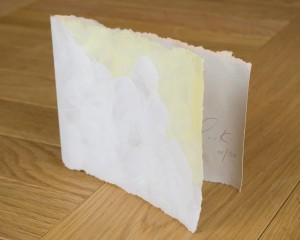
The influence that Georgia O’Keeffe: Art and Letters has had on Black’s work is evident in two different ways. As previously mentioned, Art and Letters consists of a collection of the artist’s paintings and letters that she had written to friends, other artists, and loved ones. Necessity can be interpreted as a direct reference to these letters. Like O’Keeffe’s letters, the individual elements of Necessity are each unique, each carefully hand crafted, and each a personal offering from the creator. They are perhaps Black’s own “letters” to those who view them.
Working in the early 20th century, at a time when female artists were rarely acknowledged, O’Keeffe bravely embraced and even played on her female stance by choosing to paint stereotypically feminine subjects such as flowers. These were made all the more powerful by their references to the female form. Karla Black similarly embraces her own identity as a female. Without actively trying to create “feminine” works, Black simply uses the colours and materials that appeal to her own taste, in full awareness that the resulting works may be interpreted as “feminine”. This in turn allows for, and perhaps provokes discussions as to whether art made by men and art made by women is regarded differently. Is men’s art ever deemed “masculine” or is gender only considered in reference to women’s art? Is the work of women artists inherently viewed through the lens of “women’s art”? Does this marginalize the contribution of women artists to art history? By using female stereotypes to their advantage, Black and O’Keeffe both skilfully raise the issue of gender inequality in art.
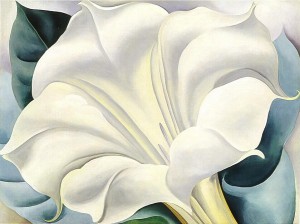
You can find more information about Necessity and other 21 Revolutions commissions in the upcoming 21 Revolutions book, and the original artwork itself is available for purchase here. If you’d like to find out more about Black’s inspiration for this artwork, Georgia O’Keeffe: Art and Letters is also available for reference from the Glasgow Women’s Library.

